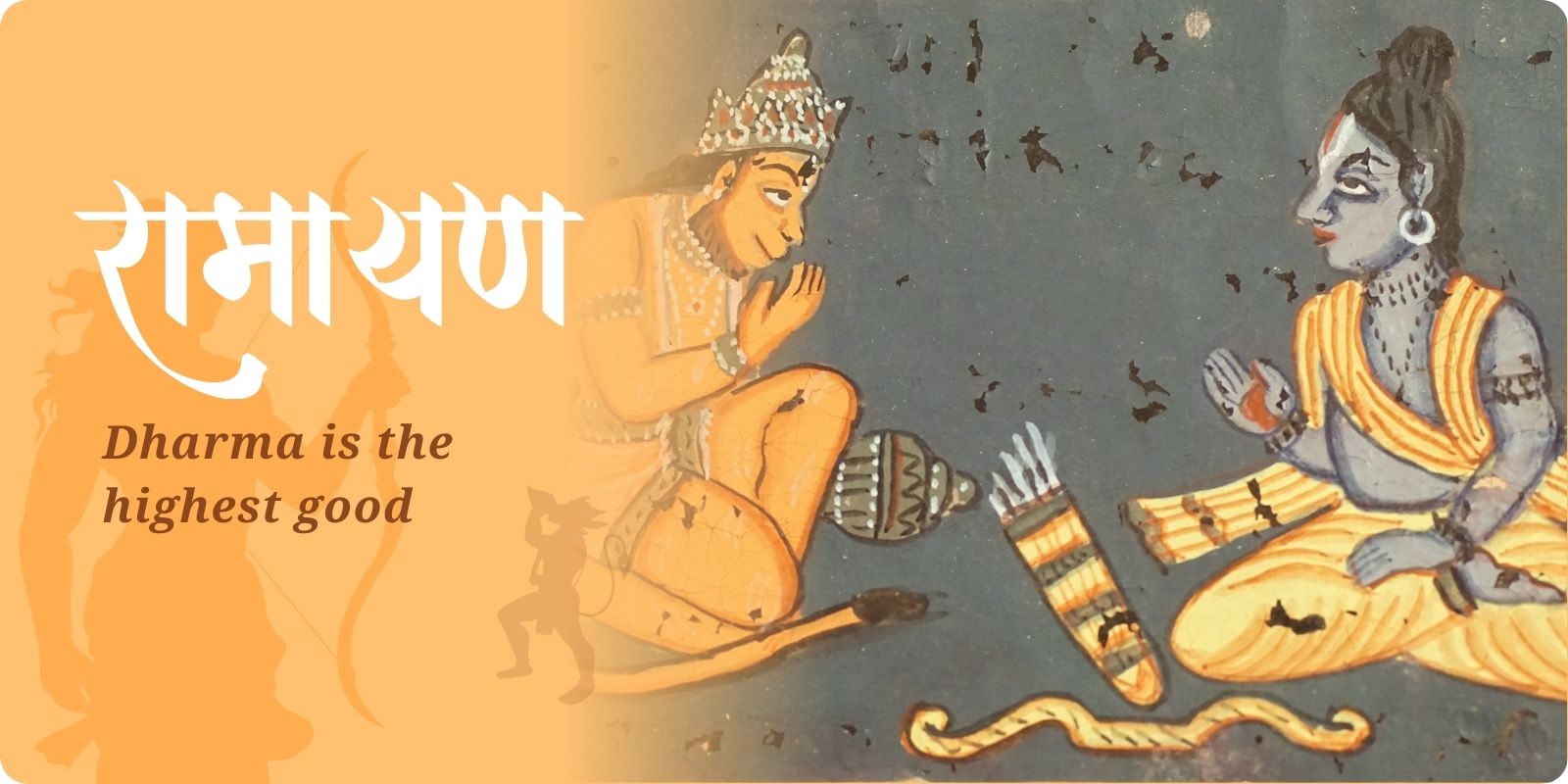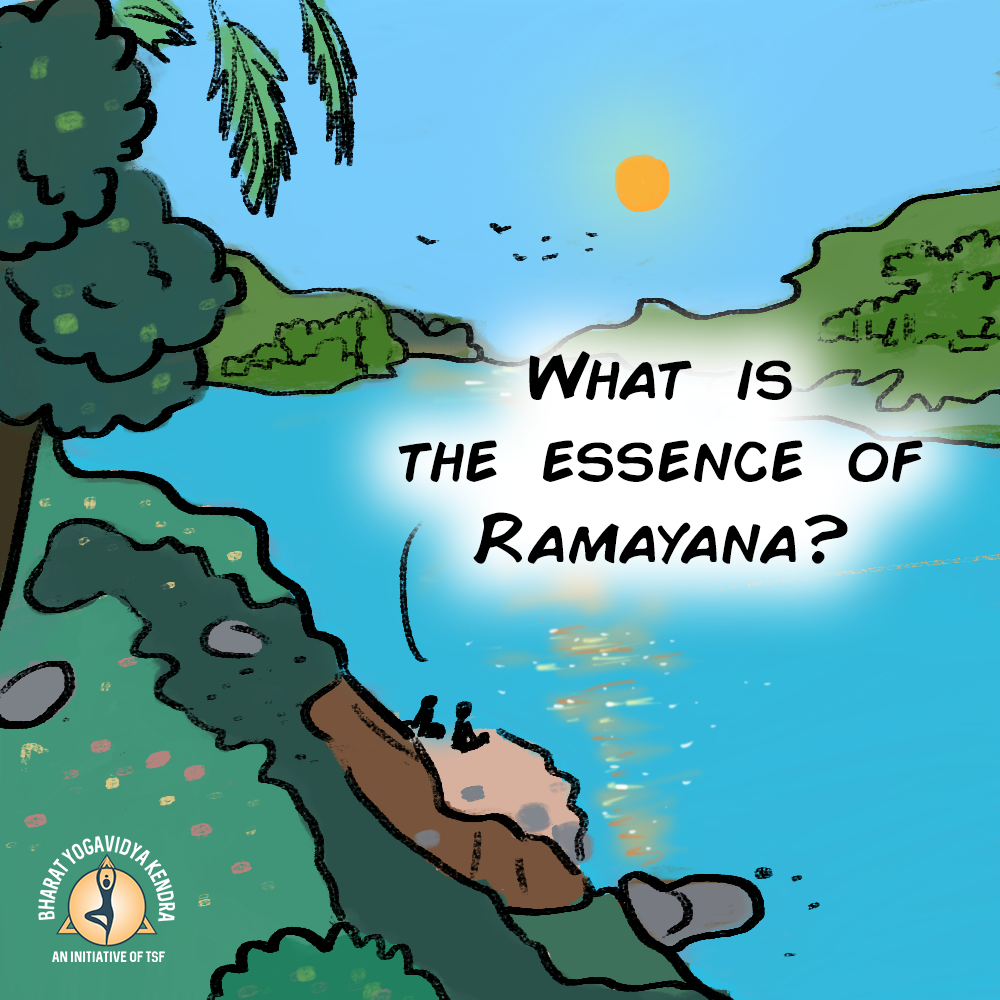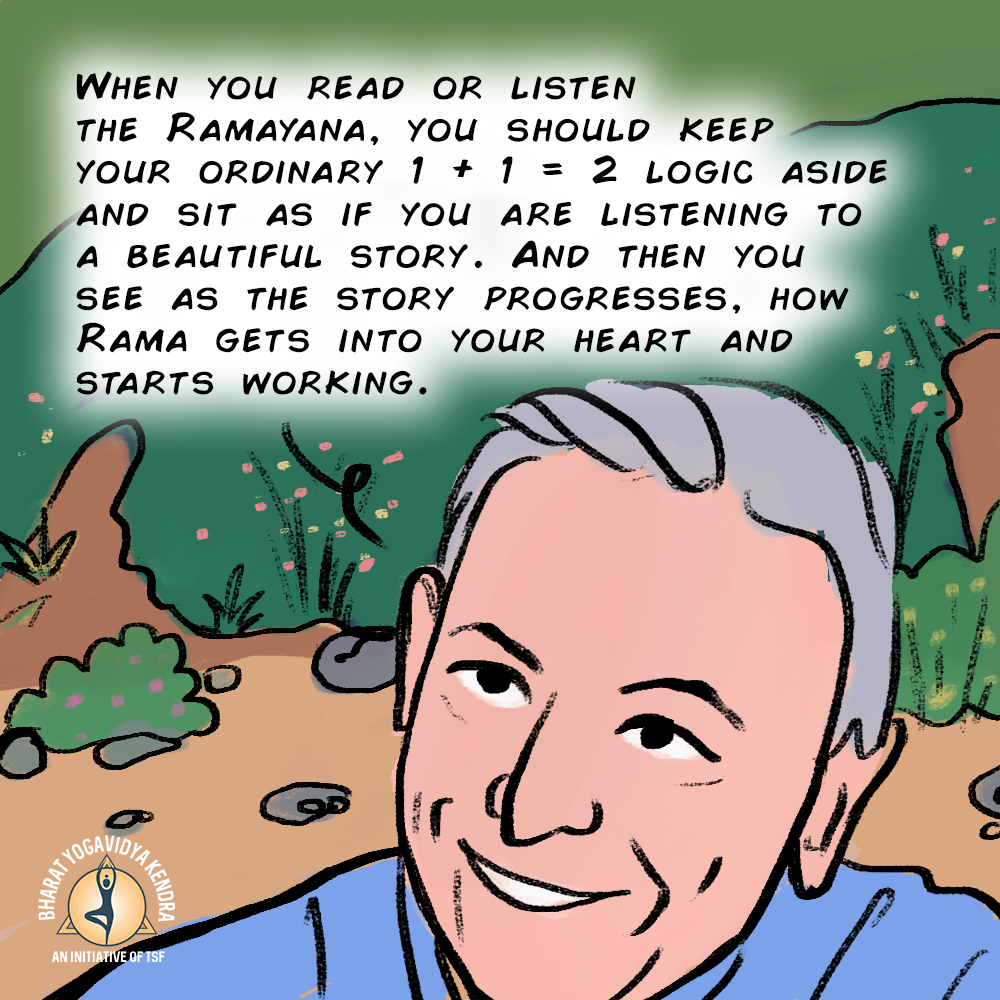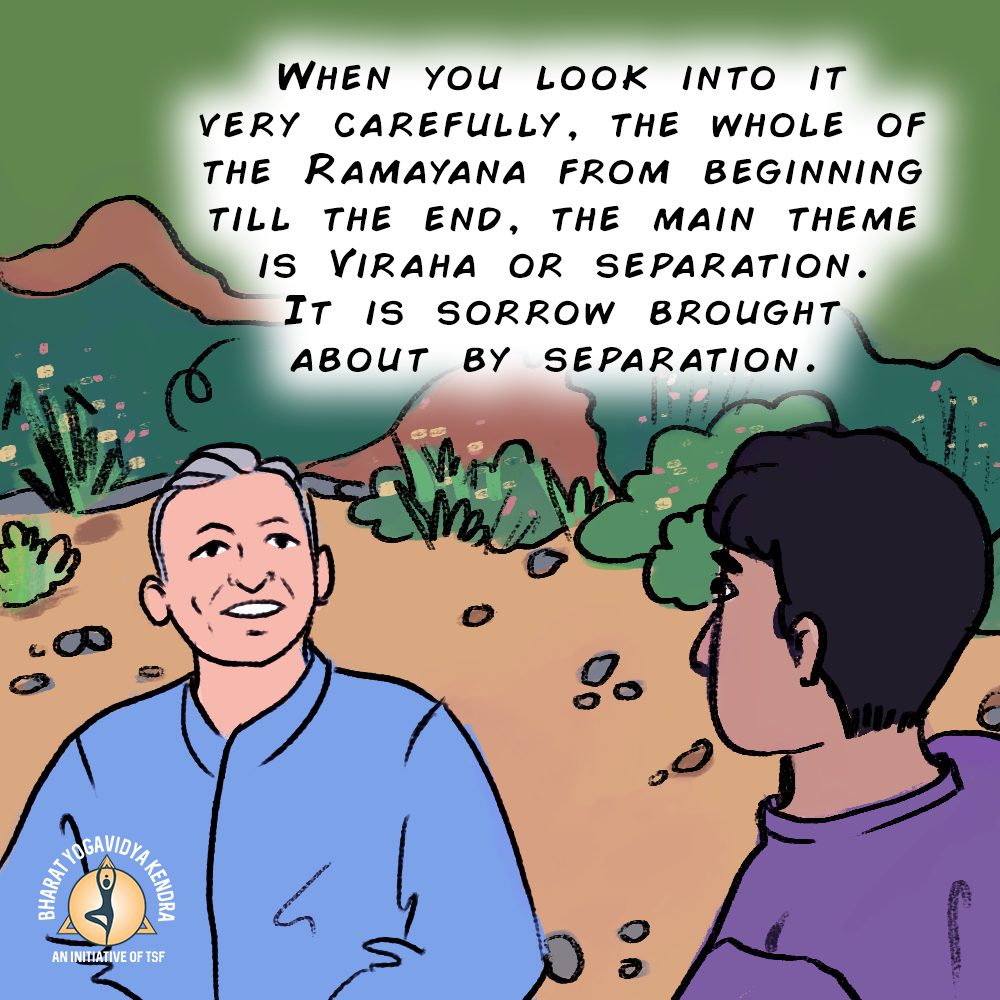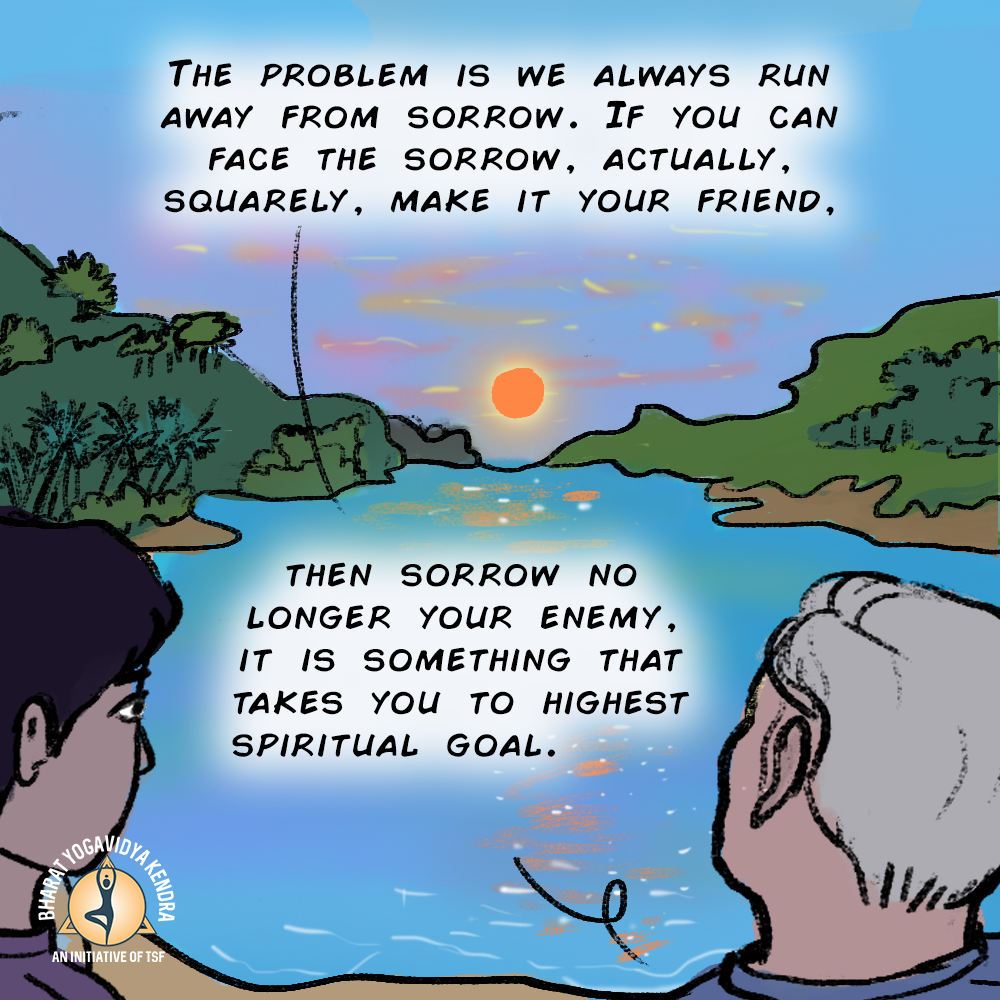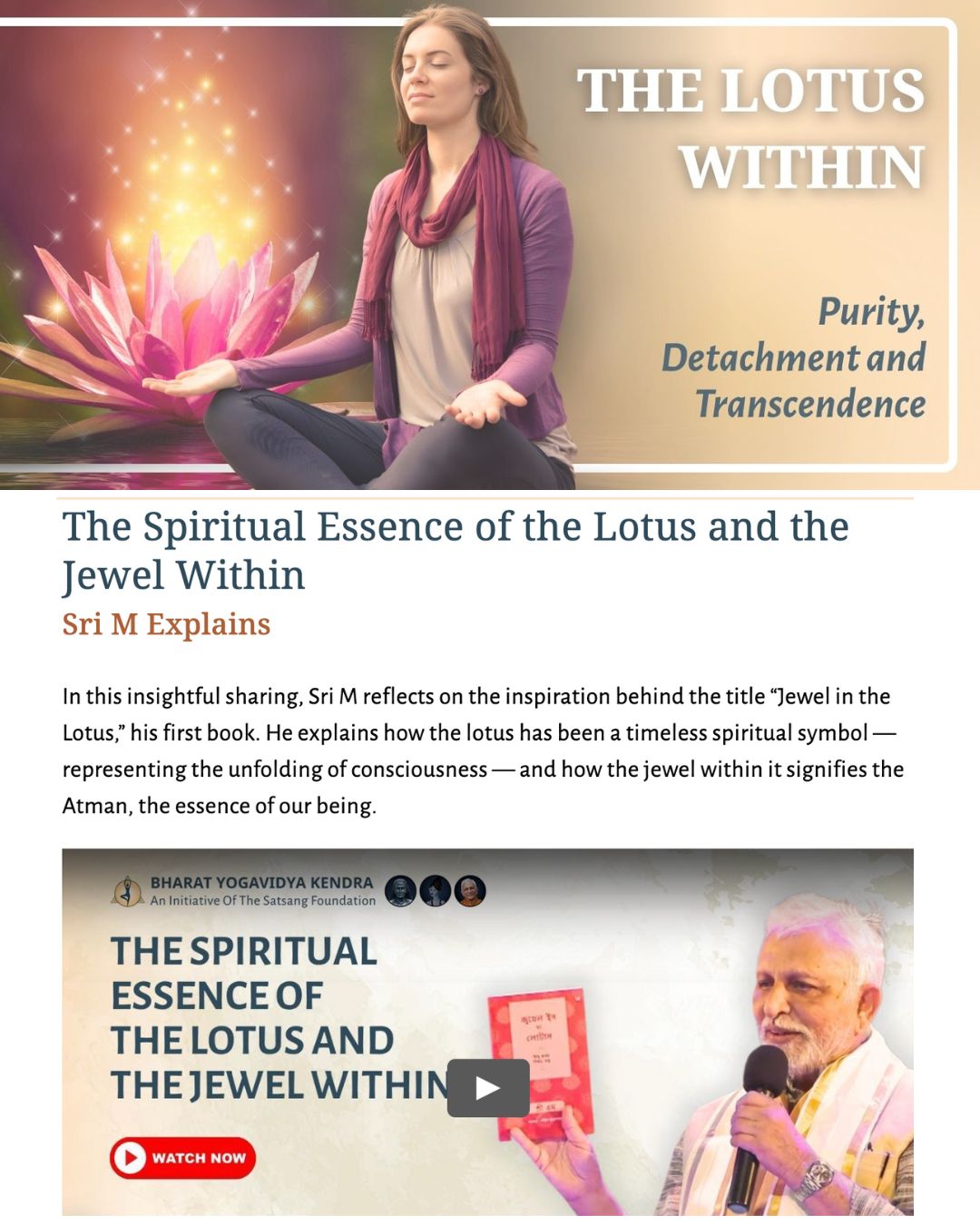Rama: Timeless Lessons for a Balanced Life
In a world filled with constant demands and distractions, finding balance often feels like an elusive goal. Whether it’s balancing work and rest, ambition and relationships, or personal goals and social responsibilities, the question remains: how do we hold it all together without losing ourselves? This is where the ancient story of Rama from the Ramayana speaks directly to us—even today.
Rama is often celebrated as an ideal figure, but what makes his story powerful isn’t perfection—it’s his humanity. He faced challenges familiar to us all: unexpected setbacks, conflicts of duty, personal loss, and difficult choices. Yet, he remained steady, guided by values that transcended the immediate chaos
Take his 14 years of exile, for example. Rama could have resisted or rebelled against the unfairness of the situation, but instead, he chose to accept it with grace. His focus was not on what he lost, but on how he could uphold his responsibilities. In our own lives, when plans derail or circumstances feel unfair, this perspective can be a guiding light. Instead of being consumed by frustration, what if we asked ourselves: how can I respond with integrity?
The Ramayana also shines a light on relationships and community. Whether it’s Lakshmana’s unshakable loyalty to his brother, Sita’s quiet strength during times of trial, or Bharata’s humility in ruling Ayodhya in Rama’s name, these examples remind us that true connection lies in trust, cooperation, and shared purpose. In today’s fast-paced, individualistic world, these are lessons worth remembering.
What makes Rama’s journey especially relevant is his ability to stay calm in the face of both success and failure. He never let triumph inflate his ego or setbacks cloud his judgment. This kind of equanimity—staying steady no matter the situation—can transform how we approach our own lives.
In this edition of Yogavidya, explore how the timeless lessons of the Ramayana intersect with yoga and life today. From cultivating balance to navigating life’s challenges with grace, we invite you to reflect on how these teachings can guide your practice, your relationships, and your inner journey.
Yogavidya Team
Shad Darshana: 6 Schools of Philosophies
Sri M Explains
In this insightful video, Sri M delves into the six streams of religious philosophies.
Talk with M
BLOG POST
Lessons from Ramayana
Three Key Learnings
Almost every Hindu child has heard the fascinating story of Lord Rama from their parents or grandparents. In 1987 when Ramanand Sagar’s Ramayan was aired on Doordarshan it became the most watched show in the world, city roads were empty, it felt like there was curfew.
Set in the Treta Yuga the Ramayana is still relevant to all of us in our daily lives. Lord Rama is referred to as “Maryada Purushottam” which reflects his virtues of dignity & exemplary conduct. And Sita Ma is revered for her loyalty, devotion and sacrifice to her husband. She is considered the epitome of womanhood and is regarded as the ideal wife and mother.
In this Blog, I would like to focus beyond Rama & Sita on three key learnings from the Ramayana.
Hanuman’s Devotion (Bhakti) and Humility
Known for his unwavering devotion, boundless strength, and selfless service, Hanuman symbolizes the epitome of loyalty and devotion. Son of Vayu and a manifestation of Lord Shiva, Hanuman is considered to be immortal…
BOOK REVIEW
Here, There & Everywhere
By Sudha Murthy

As I was browsing through the book stall at the airport waiting area, I was looking for a “light” read to keep myself occupied but not straining my mind though! The title of the book seemed interesting and I also have been wanting to read Madam Sudha Murthy’s books. So, I bought it without knowing what was about to unfold. It is a collection of small stories but real ones which she has come across in her life’s journey. It is truly amazing how she managed to put together this book as each such “seemingly” short story has so much to teach, so much depth, makes one think of their choices/perspectives, few really heart touching ones and the list goes on.
One big takeaway for me was that it breaks the usual thought how one person can bring about change in the world. The book clearly shows how much “one” individual can contribute towards making a better environment, society and how “Grace” comes through to support such genuine intentions. Must read for all even if one just wants to better themselves and their lives.
YOGA GUIDE
The Power of Devotion: Bhakti Yoga

In the Ramayana, Hanuman’s unwavering devotion to Lord Rama serves as an enduring symbol of Bhakti (devotion) as a path to self-realization. His story teaches us that when devotion is pure, it dissolves ego, instills courage, and aligns the devotee with a higher purpose.
Practice: Chanting for Bhakti Yoga
Bhakti Yoga encourages surrender (Ishvarapranidhana), cultivating a sense of trust in the universe while releasing the need for control.
Mantras are powerful tools to focus the mind and channel devotion. Chanting involves repetition of sacred sounds or verses that resonate with divine vibrations, purifying the mind and uplifting the spirit.
Mantra Suggestions:
1. “Rama Dhyana Sloka”
- “Sri Rama Rama Rameti, Rame Raame Manorame, Sahasranama Tattulyam, Rama Nama Varanane.”
- Meaning: Repeating the name of Rama is equivalent to chanting the thousand names of the divine. This mantra encapsulates the essence of devotion and faith.
- Practice: Visualize Lord Rama’s serene form, fostering feelings of peace and surrender.
2. “Om Sri Ramaya Namaha”
- Meaning: Salutations to Lord Rama, the embodiment of dharma and truth.
3. Practice: Chant this mantra for 5–10 minutes during meditation. Sync your breath with the chant, inhaling with “Om Sri” and exhaling with “Ramaya Namaha.”
Meditative Ritual
- Begin in a comfortable seated position, with your spine erect.
- Close your eyes and bring your hands to a prayer position (Anjali Mudra).
- Take deep breaths, allowing your body and mind to settle.
- Start chanting your chosen mantra aloud, softly, or silently. Feel the vibrations and their impact on your heart center.
- After chanting, remain still for a few minutes, reflecting on the feelings of love, peace, and connection.
Community column
The Eternal Triumph: Rama’s Saga
In ancient lands where legends thrive,
A tale of Rama, noble and wise,
A prince of virtue, so revered,
In times when good from evil veered.
Ayodhya’s crown, his destined throne,
But trials ahead, as fate was sown.
Exiled to the forest, unjust decree,
Yet Rama embraced his destiny.
With Sita, love’s cherished bride,
And Lakshmana, by his side,
They roamed the woods, a noble quest,
To face each trial, to be their best.
Then came the demon king of Lanka,
Ravana, fierce and dark, a ranker,
With ten heads and a wicked heart,
He tore families and worlds apart.
Sita, the jewel, in his cruel hand,
Rama vowed to free her from the land.
A bridge of stones, by monkeys made,
To Lanka’s shore, the path displayed.
A great battle on that distant shore,
Good against evil, forevermore.
Rama’s arrows, like lightning, flew,
His courage and strength, forever true.
The battle raged, a fierce display,
But good would triumph, come what may.
Ravana’s demise, a lesson clear,
That evil’s reign is bound to sear.
With Sita rescued, the demon’s fall,
They returned to Ayodhya’s hall.
Rama’s reign, a golden age,
Where justice ruled, without outrage.
The tale of Rama, forever told,
A testament to the noble and bold.
In the end, the message is clear,
Goodness conquers, banishes fear.
Rama’s story, through ages, sung,
A saga of good, where evil’s wrung.
In every heart, the lesson stored,
That good prevails, forever adored.
YOGA RESOURCE
Selfless Action and the Path to Inner Joy

In today’s fast-paced world, we often chase success, believing fulfillment lies in the next achievement. But, Lord Rama’s Karma Yoga philosophy teaches a different truth; joy comes from acting with purpose, not attachment to results.
Lord Rama embodies Dharma (righteous duty) leading with integrity, serving selflessly, and accepting challenges with grace. In yoga philosophy, this leads to the nourishment of Anandamaya Kosha, the bliss sheath – a state of deep, unshakable joy. We experience this not by achieving more but by giving more.
Journal Prompts
- Am I fulfilling my roles (career, relationships, community) with duty or expectation?
- When was the last time I acted purely out of love, without seeking validation?
- How can I shift my focus from results to presence in daily actions?
Takeaways
When we shift from “What will I gain?” to “How can I serve?”, we unlock true fulfillment. Today, do one act of service without expectation. Notice the joy it brings.
Testimonials of Transformation
The greatest lesson of the workshop was to feel the energy of each mahabhuta in my body and mind, thanks to the meditations, asanas and pranayamas linked to it. For example, I felt the energy of rooting, stability, of the Earth-Prithivi element. Since then, I feel more that these energies live in me, in everyone. I already knew a little about Ayurveda, but the workshop completed my knowledge very well. It allowed me to make more connections between Ayurveda and Yoga. I was able to experiment and better understand how to nourish and balance an element (and therefore a dosha), in a fairly targeted way if necessary. One practice struck me because I found it very simple and yet effective in balancing the Space-Akasha element (and therefore Vata): starting the day with slow movements and breathing. This allows me to be more serene mentally and more relaxed nervously/physically. I gradually integrate learned practices (asanas, pranayamas, meditations, mantras) into my morning Yoga session, and sometimes into a small practice at the end of the day. I initially favored the practices that nourish the most unbalanced elements in me. As advised by our teacher Radhika, I started with 2 or 3 practices, I gradually add others as I integrate them. My notes and the writings of our teacher Radhika are a valuable basis to continue to soak up this knowledge and to advance on this path. By the way, I would like to point out that I really appreciated the professionalism, generosity and kindness of Radhika, who is a wealth of knowledge in this field!
Suzanne, 53, from France
Nature as a Healer
Ancient Science of Ayurveda

Nature has always been humanity’s primary healer, a theme deeply embedded in Ayurveda and illuminated through the Ramayana.
The ancient science of Ayurveda emphasizes the therapeutic use of nature through medicinal herbs, exposure to natural environments, and aligning one’s lifestyle with natural cycles. The Ramayana richly illustrates the role of nature as a sanctuary and healer in the stories of Dandakaranya Forest, Sanjeevani Herb and others. Both remind us that the healing power of nature is always within reach. In today’s fast-paced, technology-driven world, reconnecting with nature can act as a balm for our overstimulated minds and weary bodies.
Takeaways for Modern Living
1. Spend Time in Nature for Stress Relief
- Green Spaces: Time in nature lowers cortisol, reduces blood pressure, and improves mood. A walk rejuvenates mental and physical health.
- Earthing: Walking barefoot on natural surfaces balances the body’s energy, reduces inflammation, and calms the mind.
- Mindfulness Outdoors: Practice yoga or meditate under a tree to deepen your connection with nature.
2. Incorporate Herbal Remedies
- Turmeric: Boosts immunity and reduces inflammation; enjoy in golden milk or warm water.
- Tulsi: Supports respiratory health and reduces stress; brew as tea.
- Neem: Enhances skin, digestion, and detoxification; use as powder or oil.
- Sanjeevani’s Lesson: Explore local plants for their healing potential, inspired by this legendary herb.
Upcoming Courses & Retreats
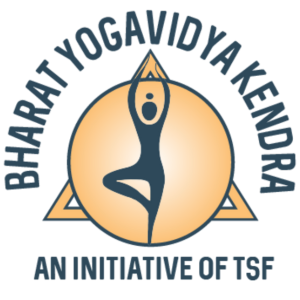
Thank you for reading
In this issue of Yogavidya, we have:
- Rama: Timeless Lessons for a Balanced Life
- Shad Darshana: 6 Schools of Philosophies
- Talk with M
- Lessons from Ramayana
- Here, There & Everywhere
- The Power of Devotion: Bhakti Yoga
- The Eternal Triumph: Rama’s Saga
- Selfless Action and the Path to Inner Joy
- Testimonials of Transformation
- Ancient Science of Ayurveda
- Yogavidya | BYK Monthly Newsletter

